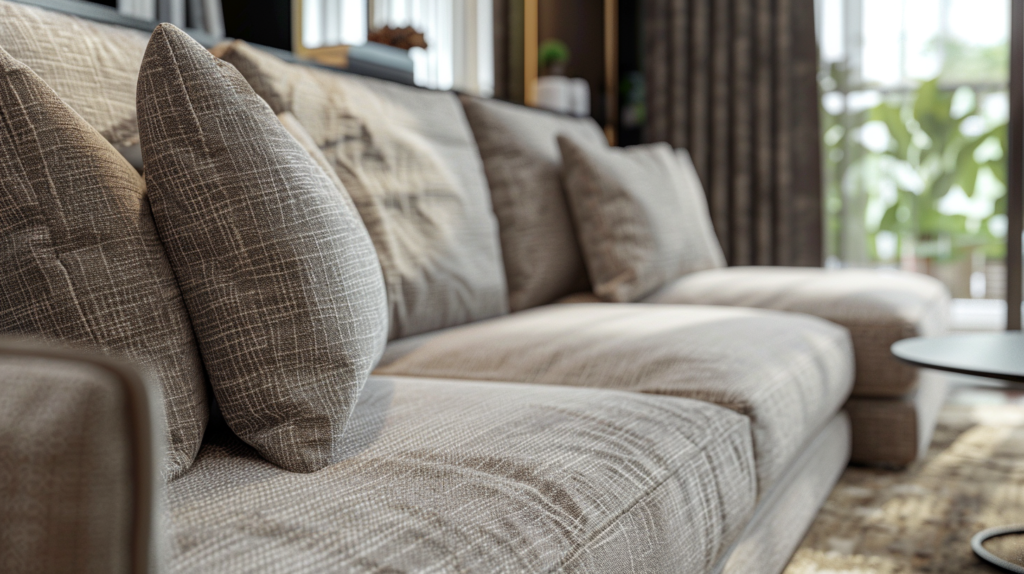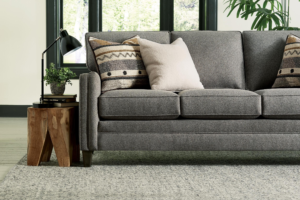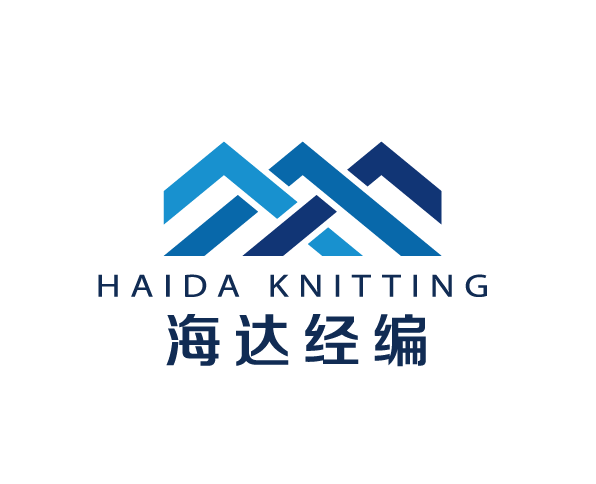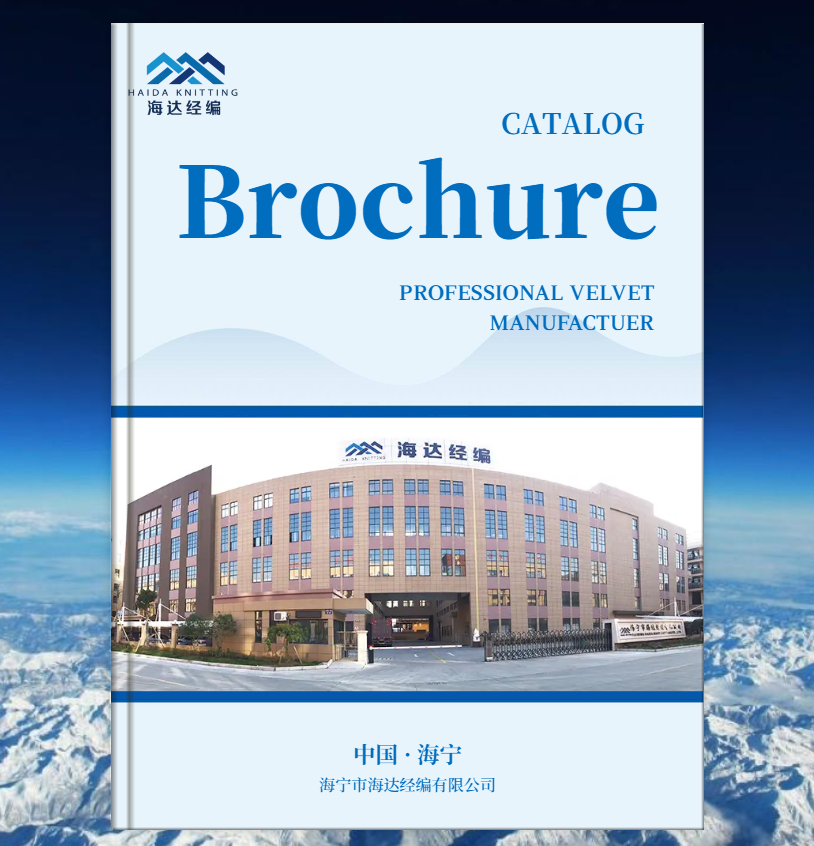When choosing a soft fabric for a sofa, the goal is to find a material that provides not only comfort but also durability, style, and practicality for daily use. Several fabrics are renowned for their softness, but the best choice depends on your specific needs, such as how much traffic the sofa will endure, ease of cleaning, and the desired aesthetic. Here is a comprehensive guide to the softest sofa fabrics:
1. Velvet: The Ultimate in Luxurious Softness
Velvet is widely considered one of the softest and most luxurious fabrics for sofas. Its plush texture and dense pile make it incredibly comfortable to touch, creating a cozy and inviting seating experience.
Key Features:
- Soft Texture: Velvet’s short, dense pile gives it a smooth, soft feel that is unmatched in luxury.
- Variety of Fibers: Velvet can be made from natural fibers like cotton or silk, or synthetic fibers such as polyester or rayon. Synthetic velvets are more durable and stain-resistant, making them suitable for busy households.
- Aesthetic Appeal: Velvet has a rich and elegant look with a subtle sheen, enhancing the visual appeal of any room.
Best For:
- Low to moderate traffic areas, such as formal living rooms or bedrooms.
- Homeowners looking for an opulent aesthetic.
Considerations:
- Velvet is prone to crushing and requires careful maintenance, although synthetic velvet is more durable and easier to clean than natural velvet.
2. Chenille: Plush and Durable
Chenille is another excellent option for a soft sofa fabric. The word “chenille” means “caterpillar” in French, referring to the fabric’s fuzzy texture, which resembles the soft, velvety feel of a caterpillar.
Key Features:
- Soft and Textured: Chenille has a velvety surface with a subtle texture, offering softness combined with visual depth.
- Durable: Despite its softness, chenille is a durable fabric that holds up well in high-traffic areas.
- Versatility: It comes in a variety of colors and patterns, making it easy to match with different interior styles.
Best For:
- Family rooms or sofas that experience moderate to high usage.
- Those seeking a balance of softness and durability.
Considerations:
- Chenille can absorb liquids quickly, so prompt cleaning of spills is necessary to avoid stains.
3. Microfiber: Soft and Family-Friendly
Microfiber, made from ultra-fine synthetic fibers, is one of the softest and most practical fabrics for sofas. It mimics the feel of suede or velvet but is far easier to maintain.
Key Features:
- Silky Softness: Microfiber has a smooth, soft surface that feels luxurious but is less delicate than natural fabrics.
- Stain Resistance: Many microfiber fabrics are treated to repel water and stains, making them ideal for families with children or pets.
- Durability: It’s resistant to wear, pilling, and fading, making it a long-lasting choice.
Best For:
- Busy households with kids or pets.
- People looking for a budget-friendly soft fabric that is easy to maintain.
Considerations:
- Microfiber can trap pet hair, but it’s easy to clean with a lint roller or vacuum.
4. Linen-Cotton Blends: Natural Softness
Linen-cotton blends combine the softness of cotton with the airy lightness of linen, resulting in a fabric that is comfortable and stylish.
Key Features:
- Breathable and Soft: Cotton adds softness, while linen provides a natural, slightly textured feel.
- Lightweight: This blend is great for creating a relaxed and casual look.
- Natural Fiber Comfort: Both cotton and linen are hypoallergenic, making them a good choice for sensitive skin.
Best For:
- Sofas in low-traffic areas or homes with a casual, relaxed vibe.
- People who prefer natural, eco-friendly materials.
Considerations:
- These fabrics may wrinkle easily and are less stain-resistant than synthetic options.
5. Wool Blends: Warm and Soft
For a cozy and warm texture, wool blends are an excellent option. Wool is soft, durable, and naturally resistant to dirt and moisture, especially when blended with synthetic fibers for added durability.
Key Features:
- Soft and Warm: Wool provides a soft and inviting feel, perfect for creating a cozy atmosphere.
- Durable and Resilient: Wool blends hold their shape well and resist pilling.
- Naturally Insulating: Wool helps keep you warm in colder months, adding to its comfort.
Best For:
- Seasonal use in colder climates.
- Homes that value natural, sustainable materials.
Considerations:
- Wool can feel slightly textured compared to smoother fabrics like velvet or microfiber, so it may not appeal to everyone.
6. Leather with Suede Finish: Luxurious and Unique
For those seeking a combination of softness and luxury, suede-finished leather is a premium option. While technically not a fabric, its velvety texture makes it one of the softest materials for upholstery.
Key Features:
- Soft Touch: Suede leather has a napped surface that feels velvety and rich.
- Durability: Leather is naturally strong and long-lasting, and suede’s finish adds a luxurious element.
- Easy to Maintain: High-quality leather with protective coatings can be surprisingly low-maintenance.
Best For:
- High-end interiors or accent furniture pieces.
- Homeowners seeking a sophisticated yet soft feel.
Considerations:
- Suede leather can be expensive and requires care to avoid scratches or stains.
7. Bouclé: Textured and Comfortable
Bouclé has recently gained popularity as a soft and stylish fabric for sofas. It features a looped, nubby texture that offers both visual interest and a cozy feel.
Key Features:
- Soft Yet Textured: Bouclé is soft to the touch but has a unique, tactile texture that makes it stand out.
- Durable: Despite its delicate appearance, bouclé is highly durable and resistant to wear.
- Trendy Appeal: Its timeless elegance and contemporary vibe make it a favorite for modern interiors.
Best For:
- Statement sofas in stylish living rooms or accent chairs.
- Those who appreciate trendy yet practical designs.
Considerations:
- The texture of bouclé can trap dirt or pet hair, requiring regular cleaning.
8. Crushed Velvet: A More Durable Velvet Alternative
For those who want the luxurious softness of velvet with a more textured and forgiving surface, crushed velvet is an excellent option. Its irregular pile adds depth and shine while maintaining softness.
Key Features:
- Unique Sheen: Crushed velvet’s surface reflects light in an eye-catching way, adding character to a room.
- Soft to the Touch: Like regular velvet, crushed velvet feels incredibly soft and plush.
- Versatile Aesthetic: Works in both traditional and contemporary settings.
Best For:
- Homes that want luxury without the delicate maintenance of traditional velvet.
- Accent pieces like armchairs or decorative sofas.
Considerations:
- Crushed velvet, while durable, can still be prone to staining and requires careful handling.
Final Comparison Table: Soft Sofa Fabrics
| Fabric Type | Softness | Durability | Maintenance | Best For |
|---|---|---|---|---|
| Velvet | Luxurious and plush | Moderate to high | Requires careful cleaning | Low-traffic areas, formal living rooms |
| Chenille | Plush and textured | High | Easy to maintain | Family rooms, high-traffic areas |
| Microfiber | Silky and smooth | Very high | Stain-resistant, washable | Families, pet-friendly homes |
| Linen-Cotton Blend | Light and airy | Moderate | Wrinkle-prone, washable | Casual and eco-friendly settings |
| Wool Blend | Soft and warm | High | Spot clean as needed | Cozy and seasonal use |
| Suede Leather | Velvety and luxurious | Very high | Requires protective care | High-end interiors, accent furniture |
| Bouclé | Soft and nubby | High | Moderate maintenance | Trendy, statement pieces |
| Crushed Velvet | Plush with texture | Moderate to high | Gentle cleaning | Glamorous yet forgiving designs |
Conclusion
For the softest sofa fabric, velvet is the ultimate choice if you prioritize luxury and elegance. If you need a more practical option for everyday use, microfiber or chenille offers a perfect balance of softness, durability, and easy maintenance. For a contemporary look, bouclé and crushed velvet are trendy alternatives that bring both comfort and style. Ultimately, the best soft fabric for your sofa will depend on your lifestyle, aesthetic preferences, and maintenance requirements.
Oor for years to come.











